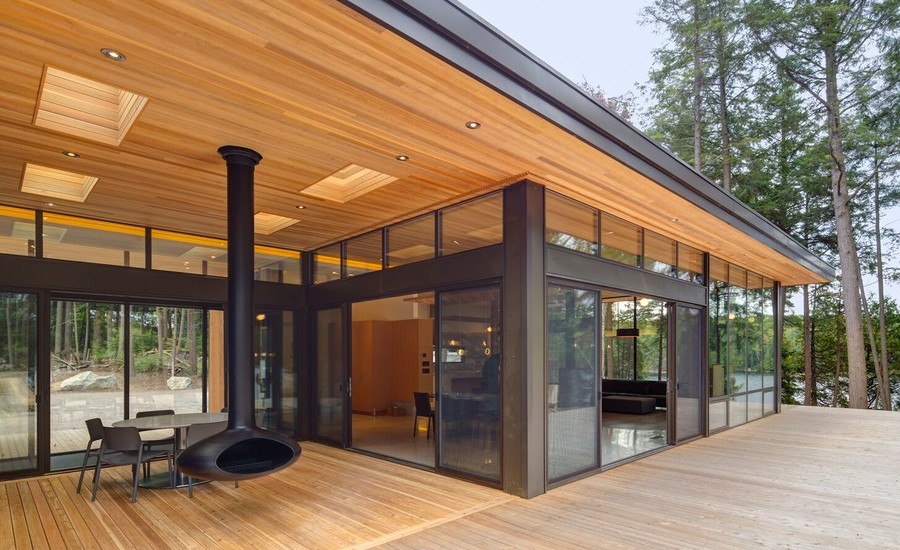The lights have been dimmed. Some slow jams are playing in the background. A dessert is baking in the oven, and you pour yourself a glass of wine. The cherry on top of all this mood-setting is your favorite candle—-maybe it’s an earthy scent like pine or sandalwood. Or maybe you go for a warm, brown sugar-vanilla. The scents and guitar riffs intertwine and waft through the air as you sit back and take it all in. This is what you work towards all week long—-and nothing could remove you from this bliss… Well, almost nothing.
What if one of these things was bad for your health—-would you even care? This is your relaxation routine—-why change it now? This article will clue you in on a few dangers that burning candles can have on your health and what you can do to avoid them.
What are the dangers?
Candles have several health side effects and potential hazards, which are as follows.
Carbon Monoxide
The funny thing about carbon monoxide is that your senses cannot detect it. A candle’s carbon monoxide can build up if left in a closed space. Carbon monoxide slowly poisons—-so slow that you probably won’t notice it. There are many items around your house, such as a grill or fireplace, that produce CO2, and so it’s important to minimize the length of time you expose yourself to it. So, it’s better you go for Luminara flameless candles.
Paraffin Wax
Paraffin wax is literally bleached petroleum waste. Just that information alone should indicate its toxicity. Also found in diesel fuel emissions, paraffin releases volatile organic compounds (VOC) when burned. These carcinogenic compounds include acetone, toluene, and benzene, which can be absorbed into the bloodstream and lungs causing respiratory difficulties for asthmatics, and people suffering from respiratory problems. Scented candles tend to produce higher levels of soot emissions.
Particulate Matter
Particulate matter (PM) are tiny particles that can be breathed into the lungs, causing coughing, wheezing, and other respiratory issues. Candles are not the only household culprits of these harmful particles, and while they may not be even the largest contributors, they certainly play a part. An important detail to remember is that candles won’t give your child asthma, but they will be an added source of harsh chemicals being breathed in that could cause asthmatic problems.
Fires
Between the years 2014 and 2018, 21 home fires were started per day, whose culprit was none other than the candle. These fires resulted in 81 deaths, 677 injuries, and over $275 million in property damages. Candles are a staple of any cozy home, but it’s clear that they have many risks involved and should be monitored closely.
How can I avoid these dangers?
While candles have their obvious dangers, there are a few rules you can follow that will lower the chances of them having negative effects on your health and property.
Don’t Leave a Candle Unattended
The majority of fires stemming from candle use start with an unattended candle. Be sure to only burn candles in the room you are in. A candle, no matter how lovely of an accent it is, makes your home vulnerable. Remember this next time you light one.
Keep Kids and Pets Away
Children can sometimes get fixated on substances that look and feel funny, and wax is no different. Whether they’re poking around in it with their fingers or roughhousing in their vicinity, children, and pets both increase the chances of fires when they’re around candles. Make sure to keep the candle in a place where the children and pets cannot get to, or at least in your area so you can watch it.
Avoid Burning Near Highly Flammable Objects
About 60% of home fires caused by candles are because they were placed too close to a highly flammable object. Things like couches, rugs, doilies, or lampshades are often the first objects to catch fire when a candle gets out of hand. If that’s the case, then the house will be engulfed quicker than you could comprehend.
Trim the Wick
Lengthy or uneven wicks can cause a lot of dripping or for the flame to get too big. Always trim the wick so that it’s ¼ of an inch. This will help minimize the possibility of the flame getting out of hand and setting something around it on fire. Candlewick trimmers are something you should have on hand if you have candles in the house, as they promote safer candle burning.
Keep Away from Vents and Drafts
An air current could knock over a candle and be the impetus to a house fire. It could also cause excessive dripping or uneven shooting or burning. This takes a candle from being a small fire hazard to a massive one. Always be mindful of the area you keep your candle in and avoid vents and drafts.
Reduce Burn-Time
As aforementioned, a candle puts carbon monoxide into the air. Not only that, but they also produce volatile organic compounds that are known to have adverse health effects. The extended burning of a candle can have negative health effects. Alongside these health risks, the longer a candle burns, the higher the chances are of it starting a fire. So try to keep the burn time at a minimum.
Switch to a Natural Candle
Natural candles do not come with the same health hazards as typical candles, as they are not full of chemicals. Here are a few natural options you can replace your chemically fragranced candles with:
- Beeswax
- Coconut wax
- Soy wax
- Palm wax
- Vegetable wax
These will not produce the same amount of particulate matter, which produces VOCs.
Consider Other Options
There are several other options you can use to set the mood or improve the way a room smells. These include:
- Essential oils
- Potpourri
- Simmering spices
If you want to improve the lighting in your room, then consider electrical candles or plug-in night lights.
To keep your home safe from health risks and hazards, these are the steps you must take. If you do not have a fire extinguisher, carbon monoxide, and smoke detector in your home, then contact your local fire department and they can install one for free.



















